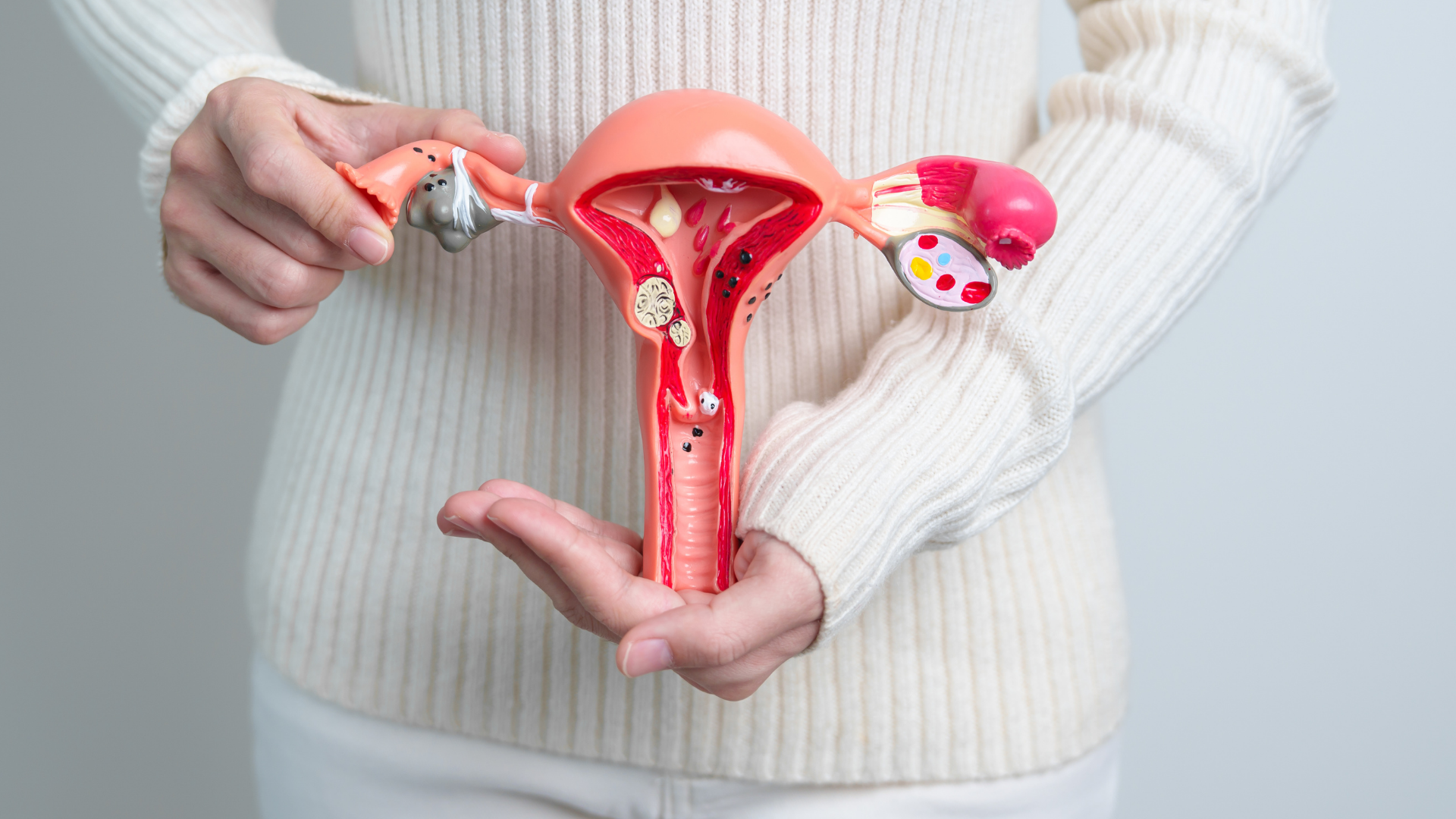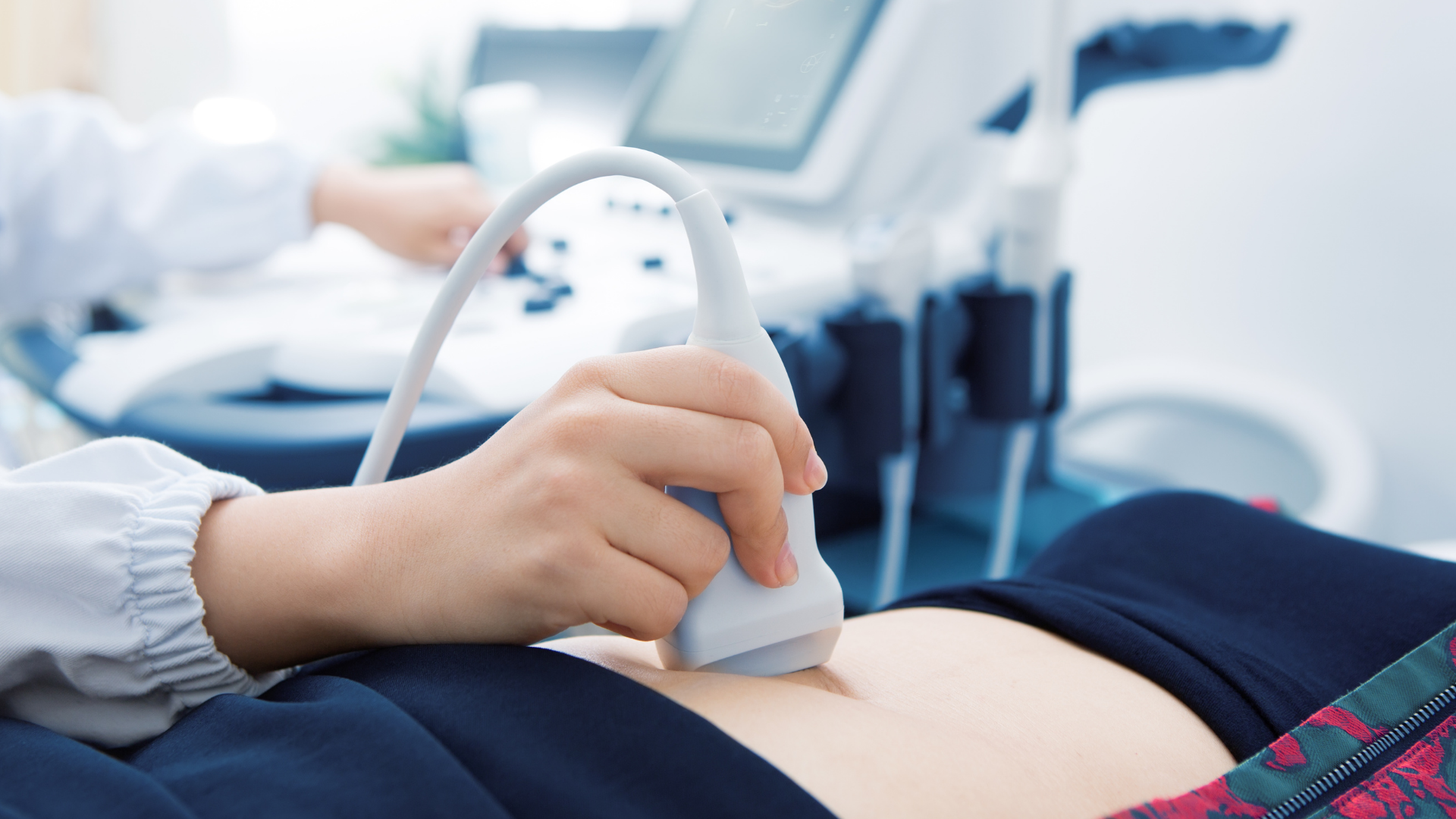Adenomyosis (also known as uterine adenomyosis) refers to the condition where the tissue of the endometrium penetrates the uterine muscle layer, leading to abnormal growth and changes.

Adenomyosis may lead to symptoms such as menstrual pain, pelvic pain, and heavy bleeding. Mild cases may be asymptomatic, but once symptoms occur, they can be quite uncomfortable. Severe adenomyosis can result in chronic inflammation, leading to egg damage, pelvic adhesions, blocked fallopian tubes, and infertility.
While the exact cause of adenomyosis remains unclear, the following factors may increase the risk:
Diagnosis of adenomyosis includes clinical examinations, ultrasound, MRI, biopsy, and abdominal or pelvic laparoscopy.
Upon diagnosis, doctors will consider the patient's age, severity of the adenomyosis, and desire to preserve fertility. For patients with mild symptoms, pain relief, anti-inflammatory medications, and hormonal regulation may be prescribed. Those wishing to conceive might consider a newer, non-invasive treatment called High-Intensity Focused Ultrasound (HIFU), which uses ultrasound to ablate abnormal tissue. HIFU can effectively alleviate menstrual pain and excessive bleeding, as well as improve fertility issues. Other treatment options include endometrial ablation and uterine artery embolization.
For severe cases, surgical intervention may be necessary. This can include conservative surgery (removal of adenomyosis via traditional open surgery or laparoscope) or radical surgery (partial or total hysterectomy, which is not suitable for women who still wish to conceive). Each treatment has its pros and cons, and the choice should be tailored to the patient's condition and needs.
A: Adenomyosis is a benign uterine condition, but if a patient has other uterine-related diseases, this may increase the risk of certain cancers, so regular check-ups are recommended.
A: Unlike uterine fibroids, adenomyosis does not shrink due to decreased hormones; it may lessen discomfort after menopause, but the condition itself does not disappear.
A: Modifying diet and lifestyle can help manage symptoms of adenomyosis. Here are some recommendations: